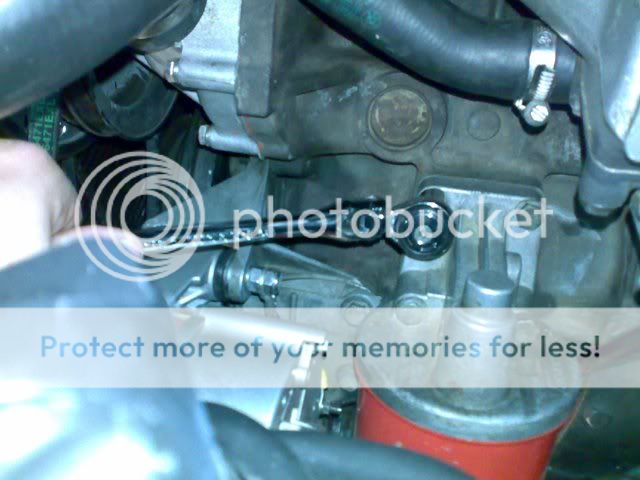#2=use the key.. If you can still get to the connector in the engine room after an accident, you´ll probably be even more likely to be able to just use the key. An accident that causes a short in a circuit that continues to feed the ignition, disabling the key switch but still leaves the engine running (clutch pressed before impact, not slipped from the clutch at the impact, at least one rear wheel free wheeling or car in neutral, radiator not pushed in far enough to block the fan/waterpump, ac-compressor, alternator or main pulley is so incredibly unlikely...
The quick disconnect is very handy though in case an accident causes a short in the engine room on one of the non-fused, non-ignition-switched lines. You could stop an electrical fire.... if you can still open the hood...
That´s why some modern cars have something like a quick-disconnect on the main 12 Volt feed directly at the battery that is disconnected by a small pyrotechical device (as in an airbag) and is activated through a crash sensor. There is a sperate emergency circuit that feeds the flashers, restraint systems, lights and communication devices (phone). Saw that in my E90. Very clever...
#1 probably not needed either. The electrics on the E9 are so simple: unless you have a short / wrong wiring or a light that stays on (trunk), the battery only feeds the clock (and maybe the memory of a radio). A healthy 55AH battery can feed the clock for about half a year and probably still start the car... Just turn the ignition off, pulg your multimeter in line of the ground strap from the battery, switch to current and see what it draws. If the electrics are healthy, it´ll be hard to register anything. Thus no switch needed.
The only other emergency shutdown I´d think of would be a crash switch for an electrical fuel pump (if retrofitted). On the carbed cars, if you´re running the mechanical pump and have an accident: no worries, normally the crash stops the engine and that stops the pump, thus no further gas is pumped and can leak (only what´s in the carbs and lines).
If you retrofit an electric pump on a carbed car (worse if you fit it near the tank in the back), have an accident that stops the engine (as most severe accidents will), a fuel line may rupture or be torn off, the car may be on the side or turned over, reversing the function of the valves in the carbs, you´ll be pumping gas into the accident until you turn the key. Let´s hope, you still can AND remember to.
On the injected cars, the fuel pump relay will turn of the pump as a function of the engine stopping (through the engine management)
When retrofitting an electric pump to a carbed car, I´d highly recommend installing a fuel pump fuse with a crash sensor (available through motor sport suppliers).
But I believe you´re using the mechanical pump...
A quick disconnect on the battery is also very usefull for maintenance. There´s some pretty exposed high amp unfused 12 volt lines and connectors in the engine room that are not switched through the ignition. One on the starter motor and one from the alternator to the battery. Both poorly covered (if at all). The alternator connection is actually very easy to short even by only pulling the oil filter (housing). I recommend disconnecting the battery even for something as simple as an oil change. Or at least the quick disconnect is handy to stop the electrical fire quickly if you didn´t disconnect before...
 Esta imagen ha sido redimensionada. Haz click aquí para ver la imagen completa. El tamaño original es 1024x768 tamaño 140KB.
Esta imagen ha sido redimensionada. Haz click aquí para ver la imagen completa. El tamaño original es 1024x768 tamaño 140KB.
 Esta imagen ha sido redimensionada. Haz click aquí para ver la imagen completa. El tamaño original es 1024x768 tamaño 173KB.
Esta imagen ha sido redimensionada. Haz click aquí para ver la imagen completa. El tamaño original es 1024x768 tamaño 173KB.



